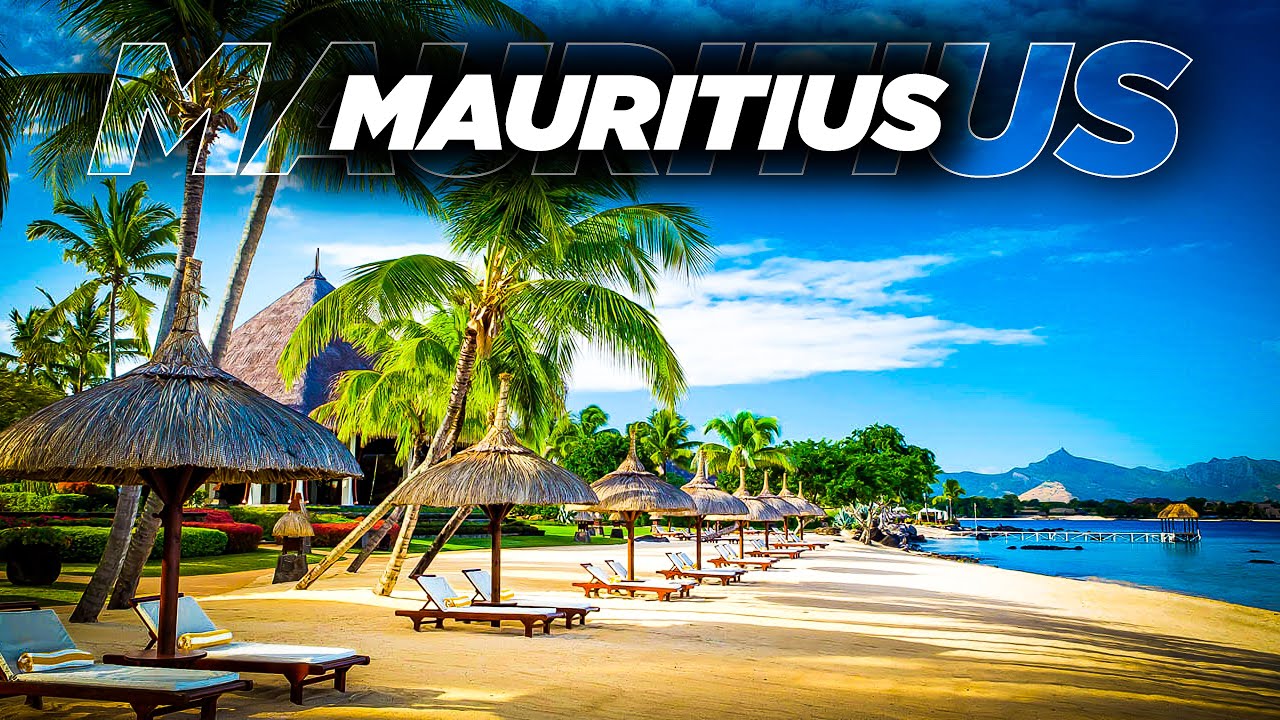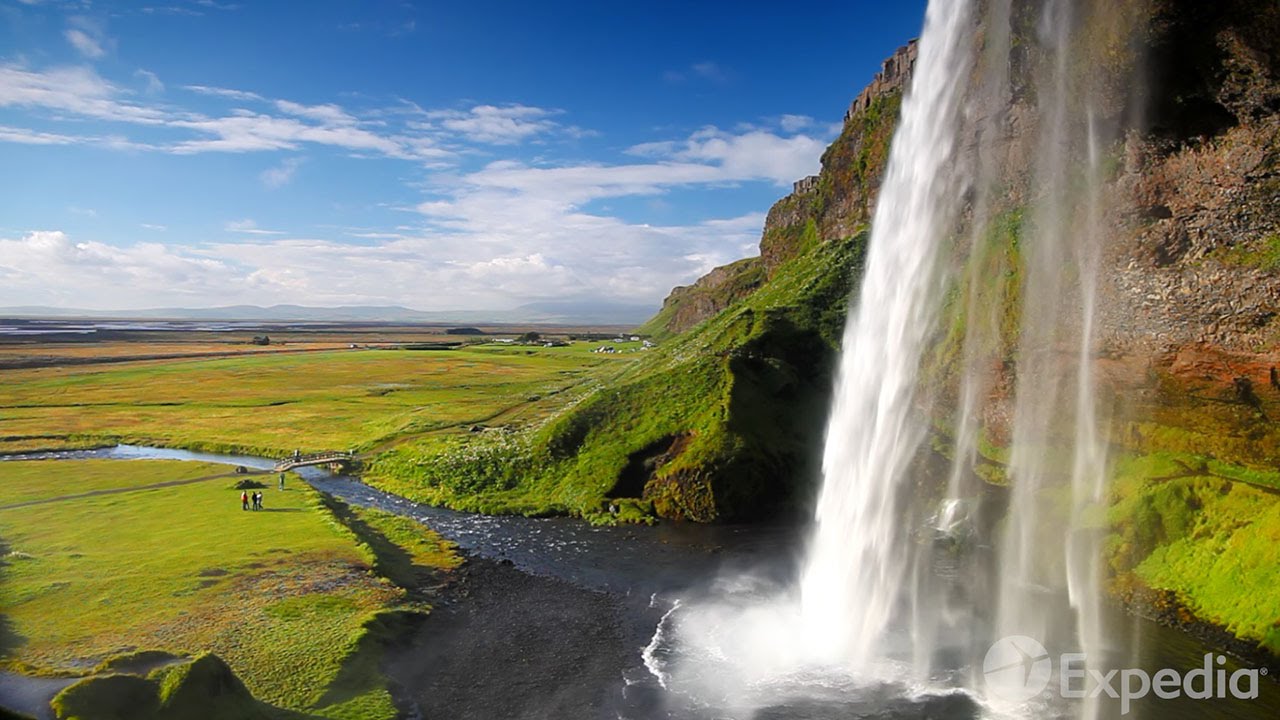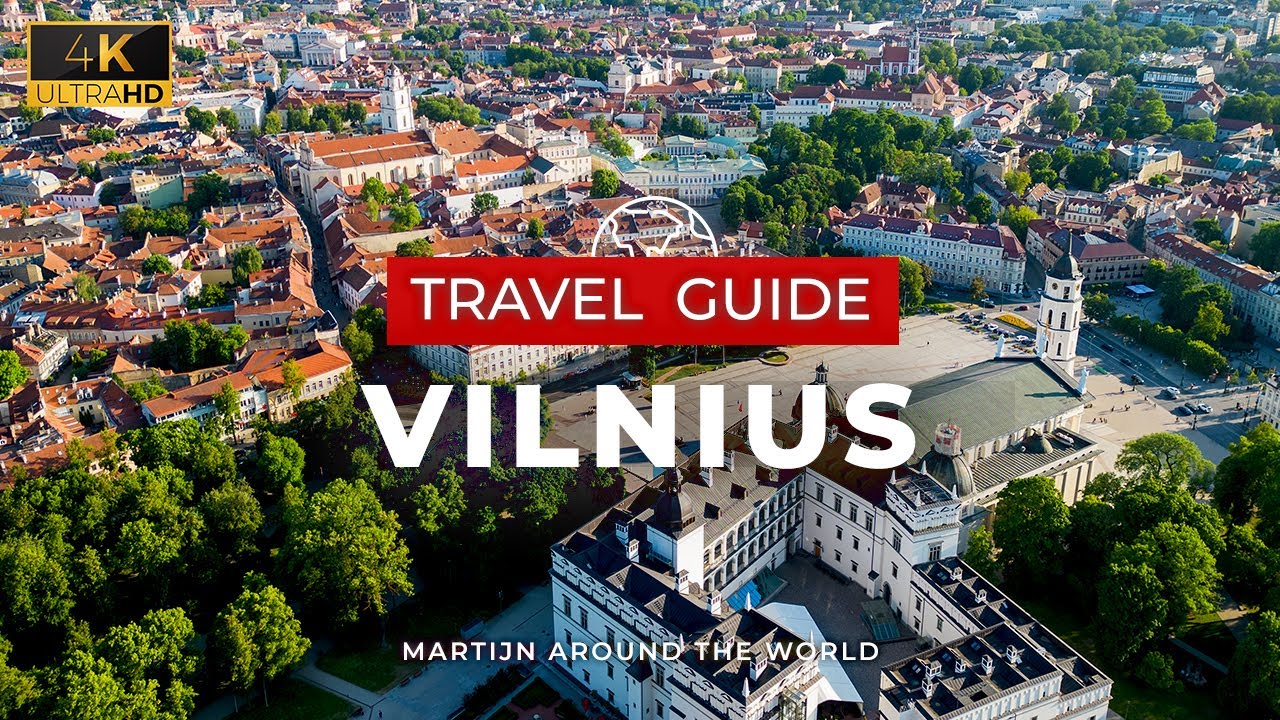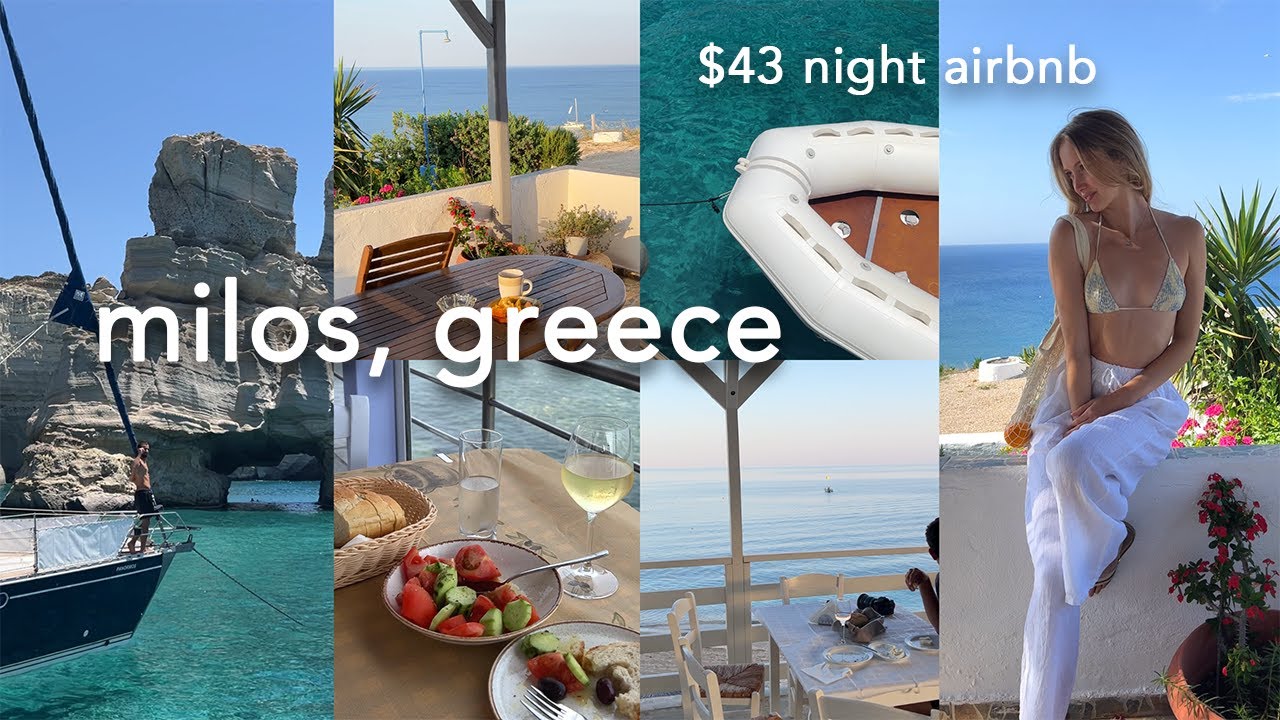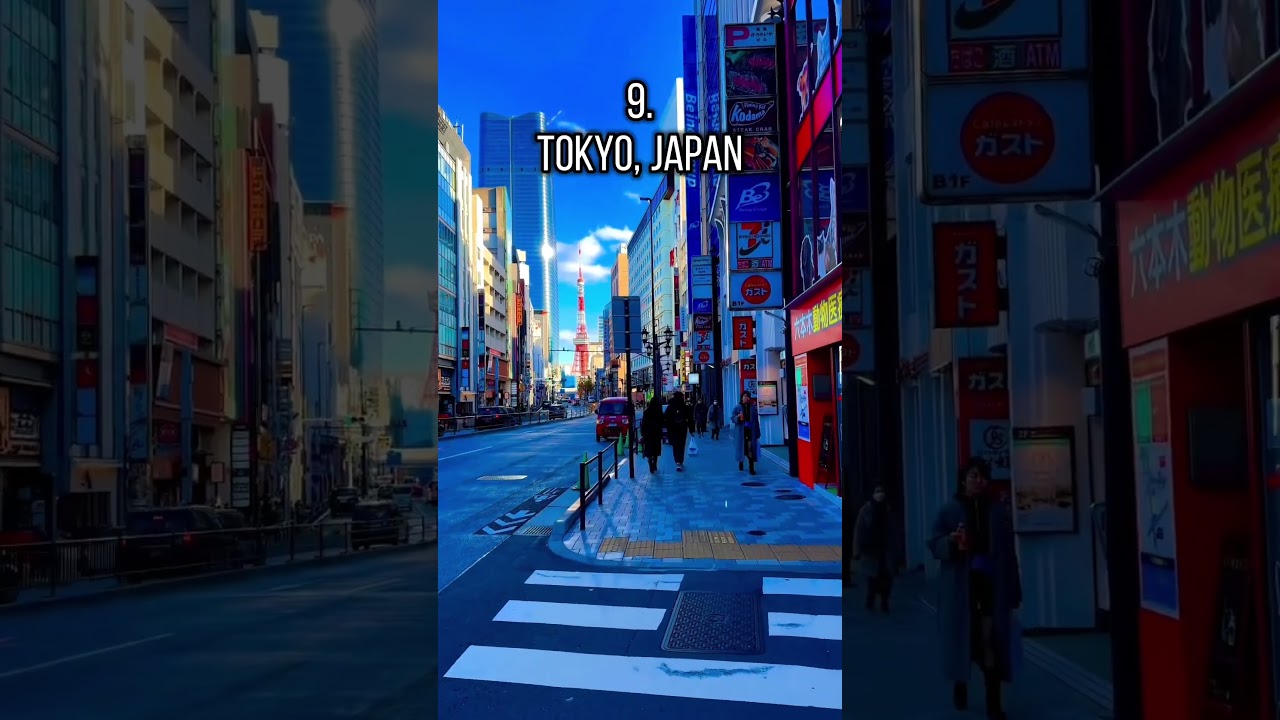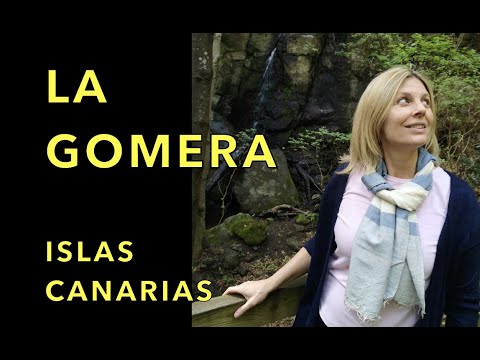Sicily (Sicilia) is the largest island in the Mediterranean Sea and one of the 20 regions of Italy
Welcome to Sicily, Italy’s largest island! Sicily is famous for its exceptional beaches, charming towns and ancient ruins, but also for Europe’s most dangerous volcano! You’re watching World Travel Guide and this is the Ultimate Sicily Travel Guide. Grab your popcorn and enjoy the journey!
Sicily is the largest island in the Mediterranean Sea and one of the 20 regions of Italy. The region has 5 million inhabitants, with Palermo as its capital. Sicily is located in the central Mediterranean Sea south of the Italian Peninsula, from which it is separated by the narrow
Strait of Messina. For centuries it has been the crossroads of Europe, Africa and the Middle East. The imprints left throughout the past centuries from all these diverse cultures, has created Sicily’s unique identity, rich in history and extraordinary food. Today, Sicily is
Home to 7 UNESCO World Heritage Sites and attracts over 15 million tourists each year. Mount Etna is the most famous landmark of Sicily. With a current height of 3357 meters, Etna is the highest and most active volcano in Europe. Towering above the city of Catania, it has
Been growing for about 500 000 years, and is in the midst of a series of eruptions that began in 2013. Etna has displayed a variety of eruption styles, including violent explosions and voluminous lava flows. More than 25% of Sicily’s population lives on Etna’s slopes, and it is the main source
Of income for the island, both from agriculture, due to the rich volcanic soil, and tourism. Appreciated in summertime by hikers who want to visit the active craters of the summit areas, this volcano offers the extraordinary opportunity of practicing ski sports during the winter. The ski
Resorts of Nicolosi and Pian Provenzana provide good lifts leading to the downhill ski slopes, or to the ski schools and equipment rental agencies. Those who prefer nordic skiing, can find natural routes traced by the Etna park authority. Since 2013, Mount Etna is in the UNESCO’s World Heritage
List for its scientific importance and cultural and educational value of global significance. Catania is the second largest city of Sicily, with a population of around 300.000. It lies on the Ionian Sea, under the shadow of Mount Etna. Mount Etna is ever present and has
To a large extent shaped both the history, and the actual existence of Catania. On several occasions volcanic eruptions destroyed the city, the most devastating of which happened in the 17th century. In 1669 Catania was covered in lava, and then, just 24 years later in 1693, an earthquake
Shook the town down to its foundations. The reaction to this latter catastrophe was amazing. The entire old part of town was rebuilt in Baroque, style with large wide open squares and avenues. The most remarkable aspect, however, was the building material used: Lava! Catania is essentially a
Gray city, and unique in the world for this. The central old town of Catania features exuberant late Baroque architecture, and is a UNESCO World Heritage Site. Tourism is a fast-growing industry in Catania. Lately the administration and private companies have made several investments in the
Hospitality industry, in order to make tourism a competitive sector in the metropolitan city. Its airport, the Catania Fontanarossa Airport is the largest in southern Italy. Taormina is one of Sicily’s legendary resort towns. Twisting medieval streets and a 2nd
Century Greek theater, add to its romantic air, which inspired the writings of DH Lawrence and Truman Capote. You can take a cable car to the beach, or walk uphill behind the church of Saint Joseph for panoramic views. The town of Taormina is perched on a cliff overlooking the Ionian sea,
And is approximately a 45 minute drive away from Mount Etna. Besides the ancient Greek theater, it has many old churches, lively bars, fine restaurants and antique shops . Many exhibitions and events are organized during the summer in Taormina. The ancient theater is the exceptional stage for pop and classical concerts, opera and important performances.
Syracuse or Siracusa, as it is known in Italian, is one of the most beautiful places in Sicily and in the whole of Italy. A historical town with an important past, Syracuse has a beautiful city center, with a breathtaking cathedral, and an archaeological park with beautiful ruins from
Greek and Roman times. The city was founded by ancient Greek Corinthians and Teneans, and became a very powerful city-state. Syracuse was allied with Sparta and Corinth, and exerted influence over the entirety of Magna Graecia, of which it was the most important city. Described
By Cicero as the greatest Greek city and the most beautiful of them all, it equaled Athens in size during the 5th century BC. Today, the city is listed by UNESCO as a World Heritage Site. Ortygia is a small island, which is the historical center of Syracuse.
The island, also known as the Old City, contains many historical landmarks. Ortygia is separated from the city by a narrow channel. Two bridges connect the island to mainland Sicily. Ortygia is a popular location for shopping, entertainment, and is also a residential area.
Ragusa is one of the most picturesque UNESCO listed Baroque towns of southeastern Sicily. Like much of this region of south east Sicily, Ragusa was reborn following the devastating earthquake of 1669. Some residents, empowered by the loss of their homes, sought higher ground and built
A more modern town, whilst others rebuilt directly atop Ragusa’s medieval network of narrow streets. The result – Ragusa became a city of two halves and of two faces: Ragusa Superior, that sits on top of the hill, and the old town Ragusa Ibla, that is on the lower
Part. Ragusa Ibla is the magnet for tourists, with a wide array of Baroque architecture, including several stunning palaces and churches, though the upper town is still worth a visit. 40 minutes drive from Ragusa, and nestled within a valley formed by four hills, lies the spectacular
Town of Modica. One of 8 UNESCO Heritage Val di Noto towns and cities in Sicily, whose architectural landscape changed forever following the devastating earthquake of 1693. The medieval old town once carved into rock, has been replaced by stunning Baroque facades, extravagant churches
And beautiful palaces, the old and new connected by a maze of narrow streets and staircases. Modica is known as the city of a hundred bells and a hundred churches, and its most famous buildings are the Baroque San Giorgio cathedral and the San Pietro church.
Modica is also known for being the very best place to enjoy authentic Sicilian chocolate. The chocolate here is quite different, often flavored with chili, cinnamon or vanilla. For die-hard chocolate lovers, there is an annual chocolate festival and even a chocolate museum.
If you’re trying to escape the tourist crowd and breath some fresh mountain air, Enna is your best choice. Unlike most of Sicily’s attractions, this charming little town is inland and not on the coast. Indeed it’s located right at the center of the island. Enna occupies a hilltop
Position on one of the highest points on the island, with an elevation of 1000m. Sitting high above the Dittaino valley, the town offers great views over the craggy landscape, dotted with hill towns and villages. At the top of the town and dominating its skyline, is the huge
Lombardy Castle. It is considered to be one of the most important military buildings in Sicily, and is one of the largest medieval castles in Italy. The layout of the narrow streets in the historic center gives a medieval feel to this city, and the archaeological sites
Are a testimony of the Greek and Roman period. Ultimately, Enna’s economy is essentially based on agriculture, so you can be assured that you will be eating delicious fresh food when you visit. Agrigento is a city on the southern coast of Sicily, and capital of the province of Agrigento.
It was one of the leading cities of Magna Graecia during the golden age of ancient Greece. Agrigento is a major tourist center, due to its extraordinarily rich archaeological legacy. It also serves as an agricultural center for the surrounding region.
The large complex of temples and tombs in Agrigento dates as far back as 500 BC, and includes Sicily’s best preserved Doric temple, the Concordia Temple, one of the most perfect to survive anywhere. Along with it in the eastern group is the Juno Lacinia temple, almost as large, and in the western
Group is temple of the Olympian Zeus, the largest of them at 40 meters, but toppled by an earthquake. The circular Doric Heracles Temple, also in the western group, was destroyed by the Carthaginians and rebuilt by the Romans, only to be partially destroyed
In an earthquake. The entire group is listed as a UNESCO World Heritage Site. About 20 minutes drive from the Valley of the Temples, the Scala dei Turchi is another must-see, if your trip to Sicily takes you in this region. This white limestone cliff
Is famous for its particular shape – it looks like erosion has carved steps. And if you add the turquoise color of the sea and the fine sand beaches that border it, you will understand why Scala dei Turchi is a very popular place. Several dozen people gather here at the end of the day,
To watch the sunset, probably hundreds in high season. It’s a show you really shouldn’t miss. Selinunte was an ancient Greek city on the southwestern coast of Sicily, at the mouth of a small river of the same name. It was the most westerly of the Greek colonies in Sicily, and for this
Reason they soon came into contact with the Phoenicians of western Sicily and the native Sicilians in the west and northwest of the island. The seaside village boasts a strategic location, well linked to the surrounding tourist attractions, easily reachable by
Car from the main towns of western Sicily. Today, Selinunte is Europe’s largest archaeological park. Walking around it you will not simply find yourself among a load of ruins, but feel the sensation of finding yourself in an old Greek city, where the temples, but also the walls, the streets,
The burial grounds and the small family dwellings are easily recognizable. It takes around 3 hours to visit the Acropolis on foot, but there’s also an electric train running across the park. Trapani is a beautiful city on the west coast of Sicily, founded by Olympians. The city is still an
Important fishing port, and the main gateway to the nearby Egadi Islands. Stretching out below Monte Erice, Trapani provides a variety of attractions that will satisfy every taste. It is just one and a half hours from Palermo, and the fairies travel to the volcanic Egadi islands,
As well as to Pantelleria, Sardinia and France. It has an airport and access to the northern and southern coasts from the west of Sicily. There are lovely beaches and a nice waterfront walkway along the ancient walls, but also plenty of opportunity to relax and enjoy the sea. The old
City of Trapani dates from the later medieval and early modern periods. There are no more remains of the ancient city, and many of the city’s historic buildings are designed in the Baroque style. San Vito lo Capo is a small resort town, situated in the northwest of Sicily,
With crystal clear waters of the Tyrrhenian Sea. The san Vito Beach is a gorgeous stretch of white sand beach at the foot of Monte Monaco, and is part of what has made the town San Vito lo Capo so famous in Italy and beyond. The wide, 3 km long stretch of soft white sand,
Palm trees and clear blue-green waters, sheltered by a soaring headland at one end, make the beach at San Vito lo Capo look like a postcard scene. No wonder that it’s one of the top beach destinations in Italy.



